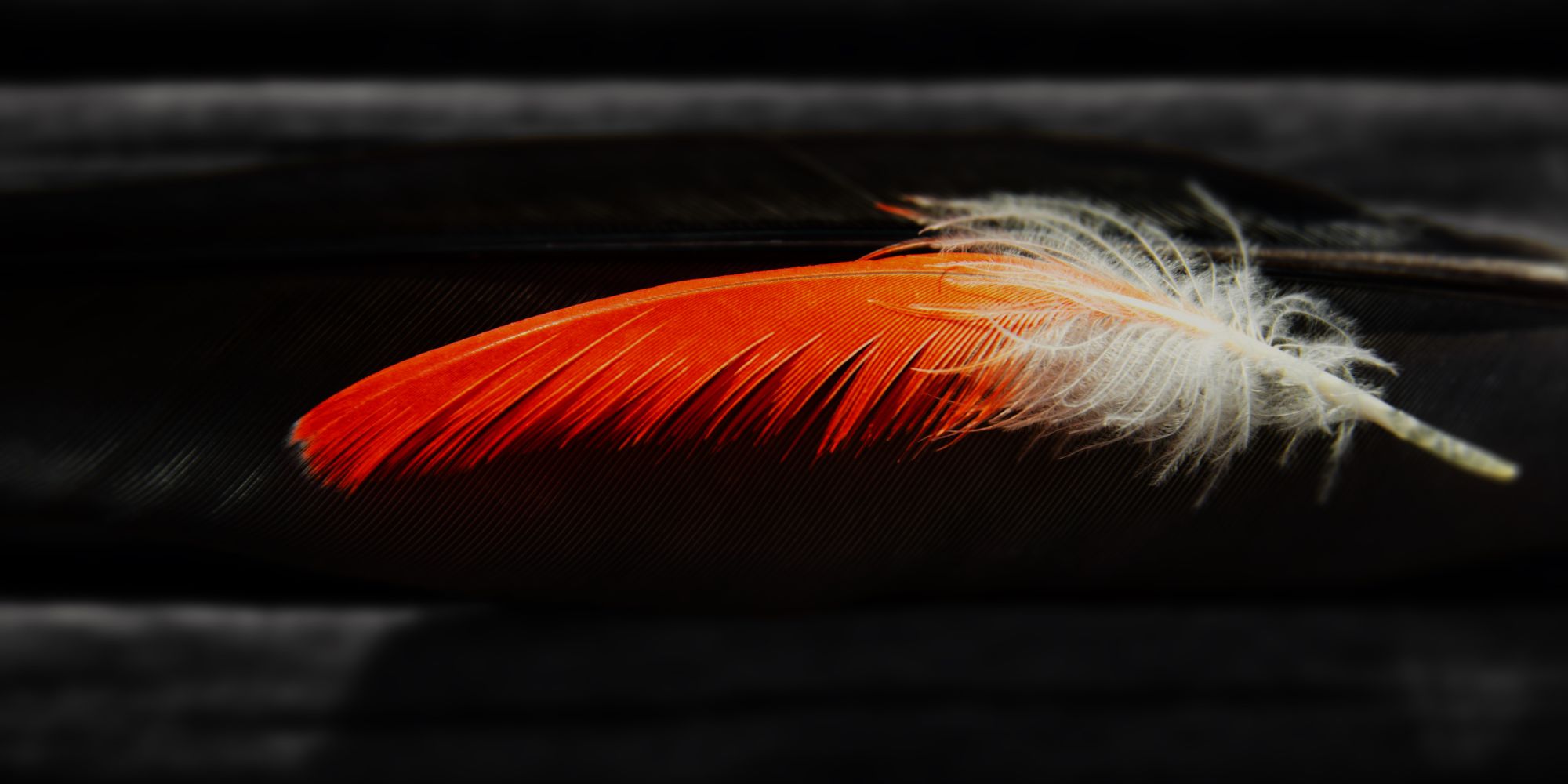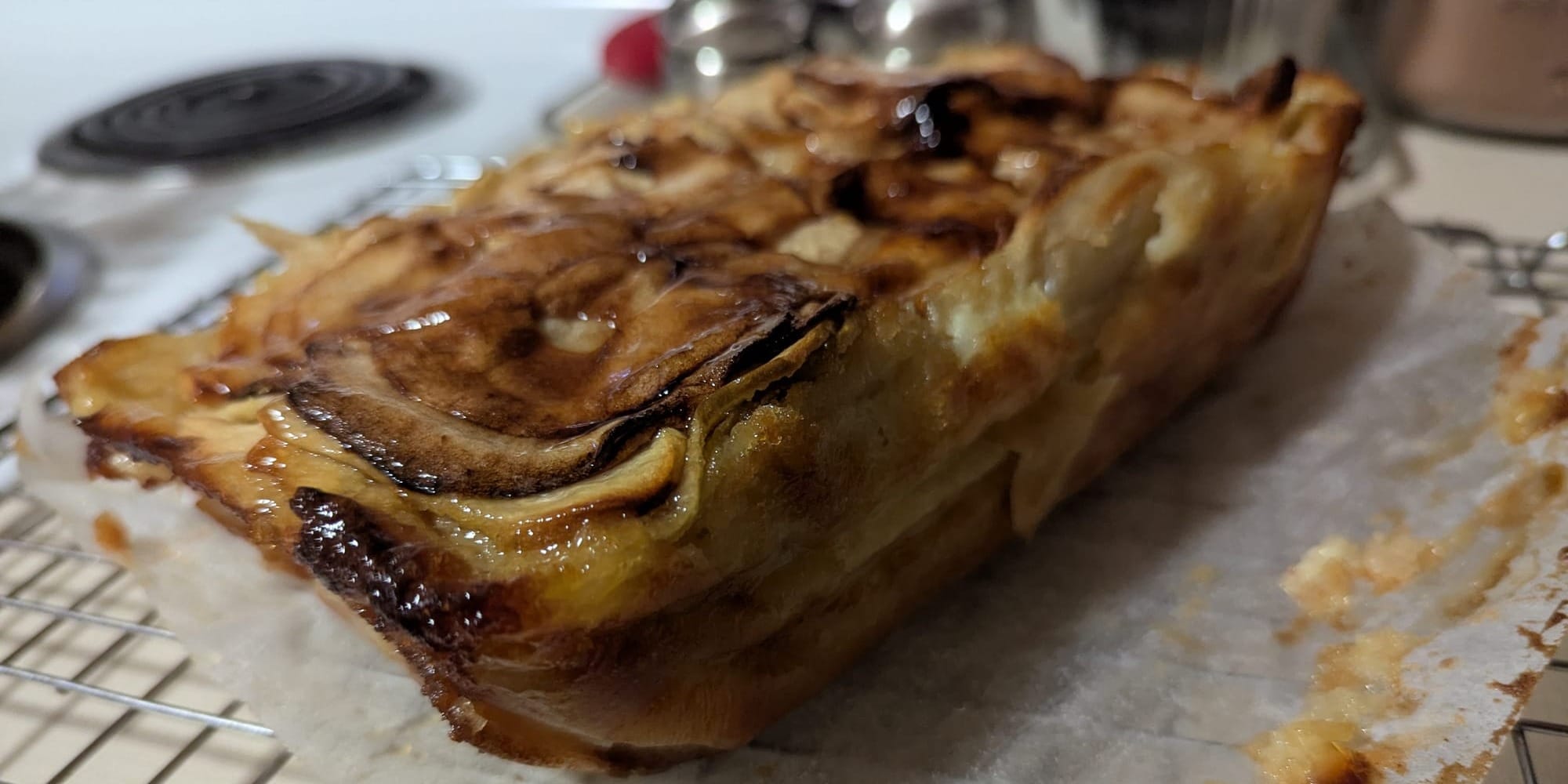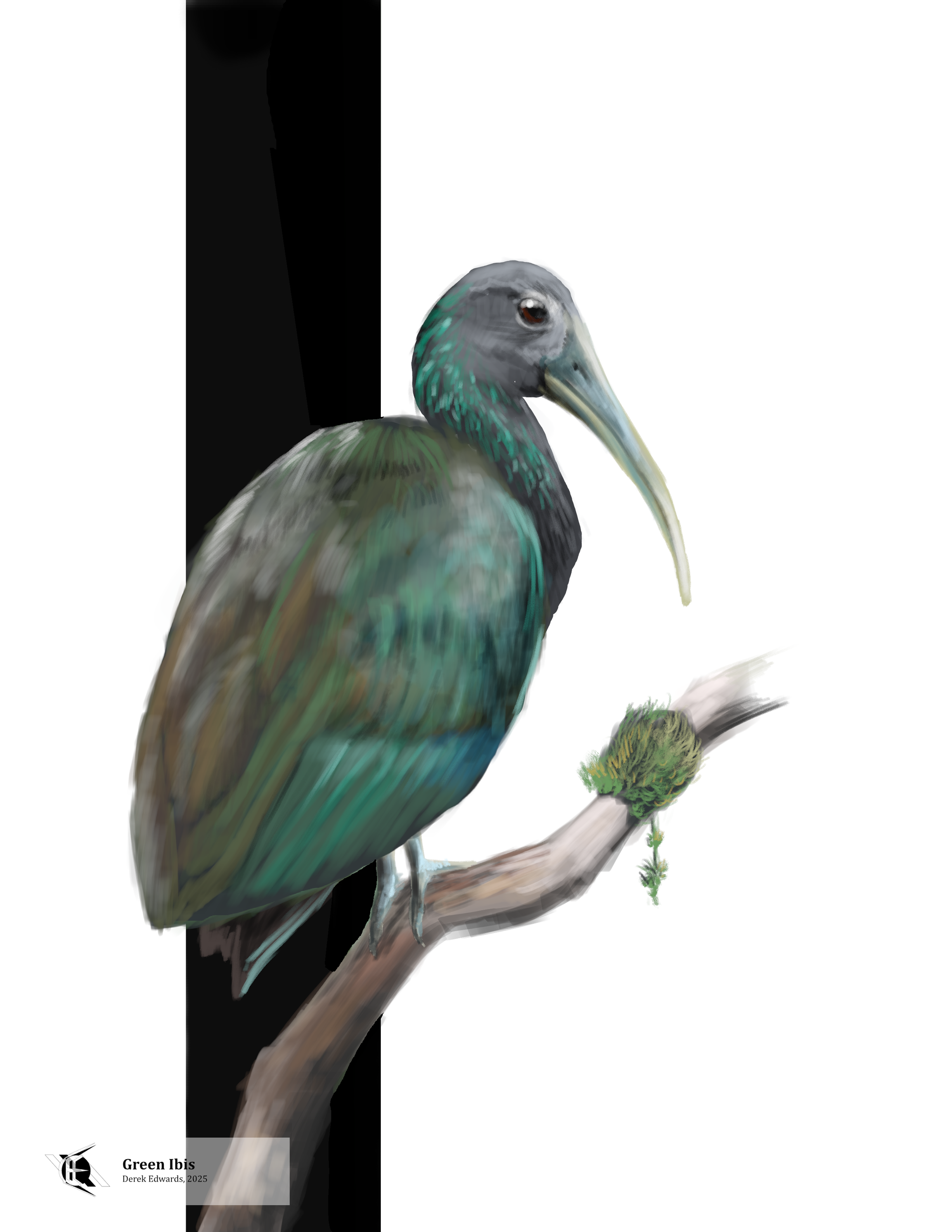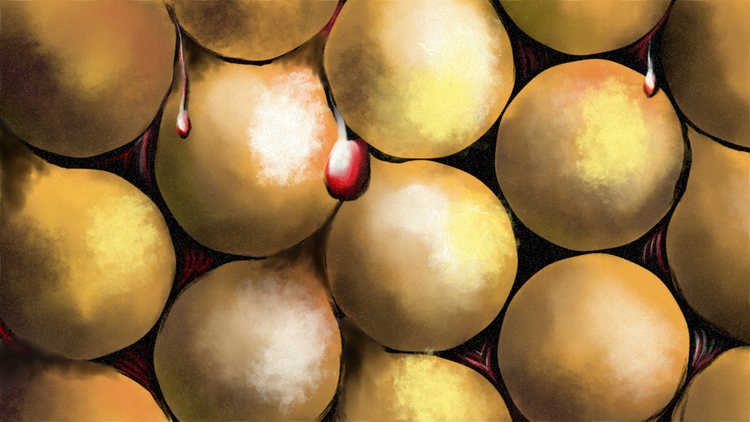
Running Commentary 11/3/2025
Hello,
Once again, it is the start of November, which means once again, we have an anniversary edition of A Running Commentary; the first one went out five years ago yesterday, on 11/2/2020. Once again, I’m somewhat shocked that I’ve kept this up this long. This is not just the fifth anniversary; it’s also the 222nd newsletter, which is a fun milestone on its own. There’ve been some repeat birds over the years, and I’m not entirely sure how many of those I’ve shared. I have 209 bird drawings in my folder of completed work, but I haven’t shared some of those yet.
The newsletter hasn’t come out absolutely regularly, but I have kept to my pledge of “every Monday most Mondays” for the last half-decade, which is well past the time I’d figured I’d either have run out of things to write about or run out of interest in writing. Instead I’ve gotten a chance to do what writers really have to do, which is to just get something written and put out there regularly, moreso than back when I was just putting out posts on no particular schedule. Main site posts still come much, much slower than I’d like; I’m not sure I’ll ever remedy that, since writing is but one hobby, and not one of the ones I’m really obsessed with, but at least RC gives me an outlet to get some things out quick and winnow my backlog down to just the things I really care to write at-length about.
Here’s to another five years...
Reading...

I need this because my sister tried to get me to watch the Netflix adaptation—which I understand was quite good—but I couldn’t handle that show. I can’t stand being startled. But a book can’t startle you, at least not if it’s not illustrated, so I figured the book would be worth a read.
The novel is loosely based on the journals of Victorian spiritualists who investigated a supposedly haunted house and found nothing conclusive. Jackson found the array of different people involved more intriguing than the question of ghosts, and that’s what the novel focuses on: the assembly of curious characters:
The main character, whose perspective the story is told from, is Eleanor Vance. She’s starting out on her own life rather late after years of caring for her ailing mother. She’s invited to assist a Dr. Montague, who is investigating Hill House, a reputedly haunted mansion. On her way to Hill House in the first chapter, we see her imagining herself living in nearly every home she passes. She’s not homeless, exactly, in that she’s not out on the street, but she is without a home in a deeper sense. The one house she doesn’t imagine herself in is Hill House—which, initially, she wants to run away from. Montague has two other assistants: Luke Sanderson, who is in line to inherit Hill House someday and who is largely Montague’s sarcastic chaperone rather than a real help, and Theodora, a bold, nonconformist woman who befriends Eleanor. In many ways, Theodora is the woman Eleanor wishes she could be: independent and self-assured.
Once they are gathered, they learn of the houses morbid past, note its bizarre angles, and begin to experience some strange, unnatural phenomena, particularly at night and in the vicinity of the nursery. The biggest thing that happens mid-book is the arrival of Dr. Montague’s wife and her school headmaster friend. These two, particularly Mrs. Montague, are eager to experience the ghosts, and are not at all afraid of them. Mrs. Montague fiddling with a Ouija board, sure she can befriend and command whatever, and even just her arrival are a jarring dose of reality that pulls Eleanor out of her unreal experiences and reminds her of the outside world, which seems to prompt her downward spiral.
The way the book never really resolves the question of the supernatural is what I found most interesting. It’s not ambiguous as to whether there are ghosts—unless Eleanor is a completely unreliable narrator who’s imagining not only the bizarre phenomena but also the others’ reactions to them, there’s definitely something spooky going on in Hill House. But the real dread you feel as the book goes on isn’t about what the ghosts might do, it’s about Eleanor losing her fear of Hill House. The frightening things that Theodora sees at night appear to Eleanor as a charming family picnic; the mysterious cold spots start to feel welcoming and warm; and her initial distaste for the house becomes a disturbing attraction. Again, Eleanor feels she is without a home, that she’s never truly welcome anywhere. Hill House, “vile” as it is, welcomes her home.
The Haunting of Hill House isn’t a terrifying story. There’s a lot more tragedy than horror here. Again, it’s not that there aren’t ghosts, but that Eleanor would have likely met a bad end regardless. Jackson’s writing isn’t heavy or grotesque; most of the book consists of light conversations. She mainly wrote in sort of an older mode of “weird tale”, which is a different sort of thing than modern horror fiction, really. But it is quite good and quite effective in prompting the reader response that I think Jackson was going for. 8/10
Eating...

I came across this recipe and saved it off until apple season. It is, essentially, a loaf of sliced apples bound together in a thin muffin-batter. This is a good thing to make if you have some really good apples that you want to showcase. It’s a bit tricky, and I think generally it won’t beat an apple crisp, but given the right apples and a nice occasion, this is pretty fun to make.
Ingredients
- 2/3 cup sugar
- 2 tsp vanilla
- 2 eggs
- 1/2 cup flour
- 1 tsp baking power
- 1/2 tsp table salt
- 2 1/4 - 2 1/2 lbs granny smith apples or another tart variety
- 2 TBSP apple jelly, melted if needed
Procedure
- Whisk together sugar, vanilla, and eggs until smooth.
- Whisk in flour, baking power, and salt.
- With a mandoline, slice apples into 1/8 inch thick slices, working until you reach the core, then turning 90° and slicing further. Discard core.
- Save aside about a dozen complete, well-shaped slices, and add remaining apples to the batter, folding together.
- Let the apples sit in the batter for 15 minutes; this will allow for the batter to thin.
- Preheat oven to 350°F.
- Prepare a loaf pan by greasing it and laying a piece of parchment paper inside; this will serve as a sling to retrieve the gâteau once it’s cooked.
- Put apples and batter into the pan. Try to keep any slices from sitting vertically, but generally layers of apples will form under their own weight suspended in the thin batter.
- Top with a shingled layer of the reserved apple slices, and top with any remaining batter.
- Bake the loaf for 1 1/2 hours.
- When fresh from the oven, coat the top with apple jelly; honey can be substituted but will taste different.
- Loosen the loaf with a knife from either end of the pan and pull it out using the parchment paper. Let cool on a cooling rack for at least 2 hours until completely cooled.
- Slice loaf into wedges; refrigerate any leftovers.

Bird of the Week
This week, for the first time, we have an ibis. Similar to the stork and the heron, but in a different family than either, which it does share with the spoonbill, the ibis is a widespread kind of wading bird, with at least one species found on every continent beside Antarctica. Ibises (that’s the correct, English plural form, though some older writings use the more properly Greek “ibides”) are mid-sized wading birds specializing in retrieving invertebrate prey from loose mud. Ibises tend to flock together moreso than most wading birds, though this is somewhat less true specifically of today’s species, the Green Ibis.
The green ibis is found in wetland and wooded streams throughout tropical South America, from Costa Rica down to Paraguay. They are crepuscular in their habits, active most at dawn and dusk. In this dim light they look very dark, but in a good light they show a glossy turquoise-green on the wings and especially the back of the neck.
To science, the green ibis is Mesembrinibis cayennensis. The genus name was given by James Lee Peters, an American ornithologist best remembered as the author of the fourteen-volume Check-list of Birds of the World, a complete list of known bird species and subspecies that served as the absolute reference for all ornithologists of his day1 and has since served as the basis for more modern lists such as Clement’s Checklist (used by the Cornell Lab of Ornithology and the American Birding Association) and, less directly, the IOC World Bird List. Peters meant Mesembrinbis to mean “southern ibis” in Greek,2 which it does, except mesembria doesn’t literally mean “south” in Greek; it means “mid-day”. The ancient writer Nonnus of Panopolis wrote of twelve hours, the goddesses Horae, who ruled the twelve times of day; Mesembria ruled the noon. But three of the Horae also guarded the gates of the four winds, with Mesembria in particular tasked with holding the south wind. (The fourth gate, that of the north wind, was held by Arctos the Bear, who wasn’t a Hora but rather a being associated with the night, when her constellation was visible in the northern sky, hence the term “arctic”.)3
The species name references the place where the bird was first described.2 “Cayenne” was the French form of “Guyana”, a region of northern South America with a native name of unclear but apparently positive meaning, and is the name of both a river and of the capital city of French Guiana. The town name came to be confused with a Tupí word for a pepper, “kyynha”,4 with “cayenne pepper” now referring to a particular cultivar of red chili as well as more broadly to a spice made from dried and powdered hot chilies of various kinds.
- Davis, William E. Jr. (2001) "James Lee Peters and the Check-list of Birds of the World," Bird Observer: Vol. 29: Iss. 3, Article 7. Available at: https://digitalcommons.usf.edu/bird_observer/vol29/iss3/7
- Jobling, J. A. (editor). The Key to Scientific Names in Birds of the World (S. M. Billerman et al. editors), Cornell Laboratory of Ornithology, Ithaca.
- Nonnus. Dionysiaca, XLI. 287. https://archive.org/details/dionysiaca03nonnuoft/page/216
- Etymonline. “Guyana - Etymology, Origin & Meaning,” n.d. https://www.etymonline.com/word/Guyana.
Curation Links
The Play Gap | Todd Oppenheimer, Craftsmanship Magazine
“Over the last 15 to 20 years, many teachers felt their students no longer had time for recess. With the increased emphasis put on standardized testing, their primary job now was to make sure students got high scores. Playtime could be handled after school. At other schools, especially those in crowded inner-city neighborhoods, there was no longer any space for playgrounds, or even a basketball hoop. Among those schools who could and did offer recess, many teachers used it for leverage with difficult students. If students misbehaved, or didn’t finish their work, they had to stay in class during recess. And the pattern in low-income urban communities was the worst…As time went on, O’Donnell noticed the growing mound of literature supporting the importance of recess, along with other opportunities for free play. The studies showed that active, open-ended play not only makes for happier, calmer kids, it also is critical to our full development—intellectually, physically, and emotionally.”
EXPOSING the Toilet Paper Industry | Scott Cramer
[VIDEO] A North Dakotan with a marketing degree and sufficient spare time tries, and largely succeeds, in determining what the actual difference is between the different leading brands of toilet paper. Which works best? How do you define “works best”? And just what is the standard roll that every other roll is multiple times larger than? (26:48)
A Living History of The Humble Paper Airplane | Sarah Wells & Jennifer Leman, Popular Mechanics
A look at paper airplanes, how they work, and how they might be put to practical use in the future. They’re actually entirely different from airplanes, and not just in their lack of jets or motors.
The Blaumilch | Lavie Tidhar, Clarkesworld
[FICTION] “Outside Yaniv Town, beyond the dome, on the dirt track that led on to Enid, there was a small camp of Martian Re-Born. A clump of beat-up caravans, a couple of old oxygen generators, a spliced water main pirated off of the main line. A small chapel for the Emperor of Time sat forlorn in what was once a metal drum, the size of a small house, salvaged from an abandoned biofuel facility near Port Jessup. Inside it was a much patched-together Kawamata Chiaki deck that offered the Re-Born access to the Mars-That-Never-Was.”
See the full archive of curations on Notion






Member Commentary